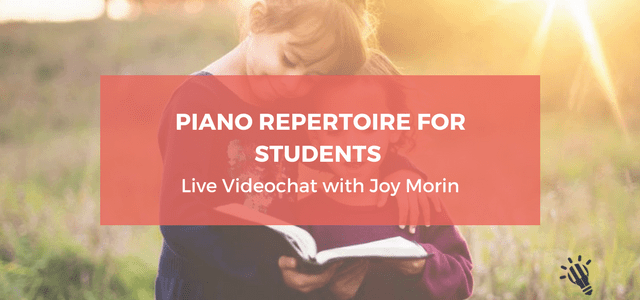
Choosing Repertoire for Students
I've just found out that Joy Morin from Color in my Piano Blog has started recording some regular Google Hangouts (online group chats) with other piano teachers on a number of really interesting topics including choosing repertoire, piano technique and business sense.
I've just finished watching her latest video about choosing repertoire for students and I just had to share it.
I'm often asked what music I use when students have finished their method books. I generally only use the first (Primer) or sometimes Lesson 1 book of a method before switching to my own repertoire selections, the choice of which being based very much on my students' interests.
It was interesting to hear in this video that the other teachers had similar views about method books, supplementing music as the students' tastes evolved to ensure continued motivation in a variety of styles and at appropriate levels of challenge. I think there was consensus that, whichever way you go post-method, teachers should ensure that students continue to experience all of the following method book features in their lessons:
- Technical Exercises/Studies/Etudes
- Theory aspects
- Repertoire: ensuring lots of exposure to different styles and both hard and easy pieces
I'd add to that list:
- Teaching improvisation and basic composition
- Building a chord vocabulary and ability to read lead sheets
- Understanding harmony and music construction
Choosing music for teens/adults
There's also a great discussion in this video about giving music to older students (teens and adults). How important is the "look" of the music and the title? How do you encourage adults to learn music that they see five year-olds playing perfectly on YouTube?
I was really excited to hear that Jennifer Eklund has two main goals for her teaching:
- Create independent musicians (ie. that don't need you anymore!), and to
- Inspire and give them the skills they need to play until they're 30 and beyond.
How does she do it? She teaches to the tastes of the students. If her students plan to head to college to study music then she'll of course teach them a more 'traditional' syllabus. But what about the vast majority of all our students for whom piano is just a recreational hobby?
In my opinion, the best music to engage and motivate the majority of students today is with "pop style" music that they can associate with.
If you want to know more about how I teach pop music, please check out my Training Videos. In the meantime, check out the video below to find out what repertoire these teachers recommend.
You can watch the rest of the piano teacher discussion videos in this series via YouTube.
What's your favourite post-method repertoire for students?

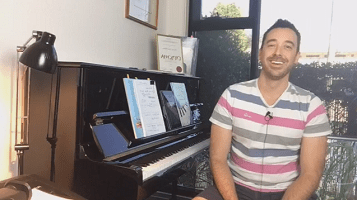
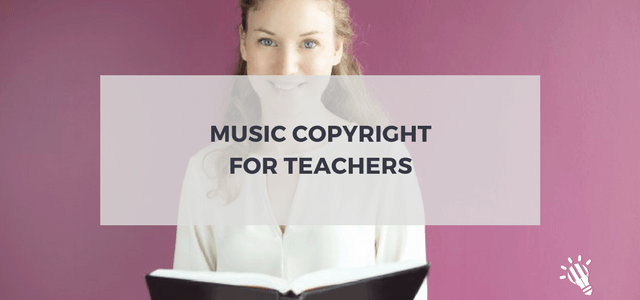
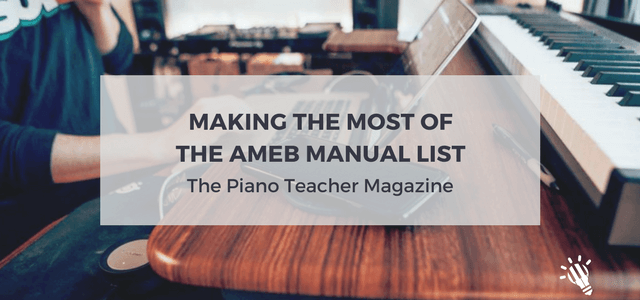
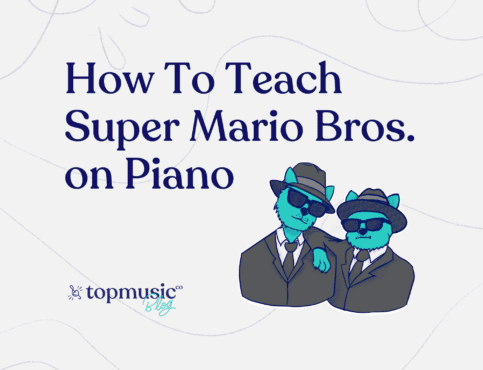
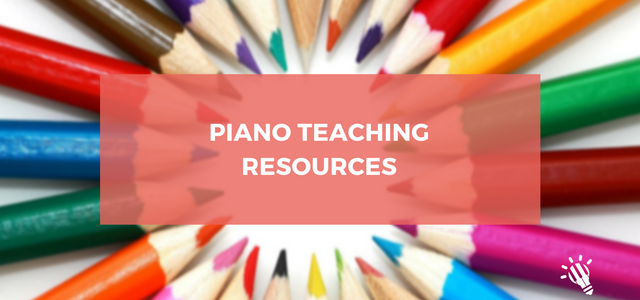
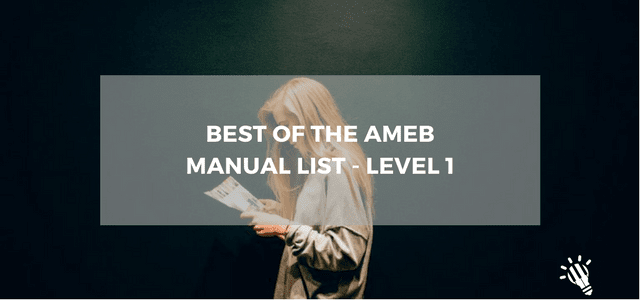
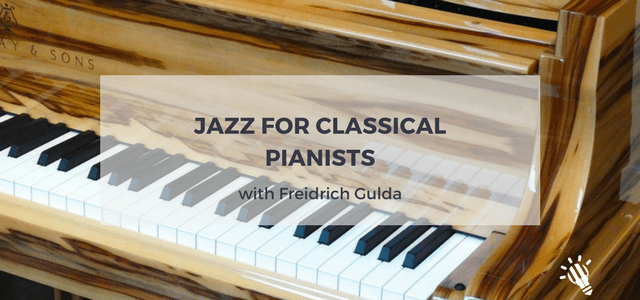
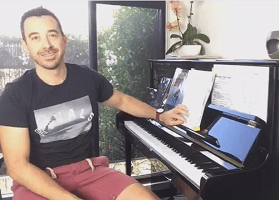
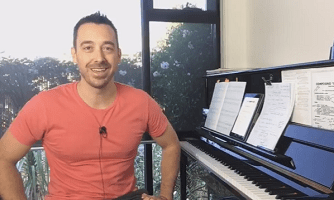
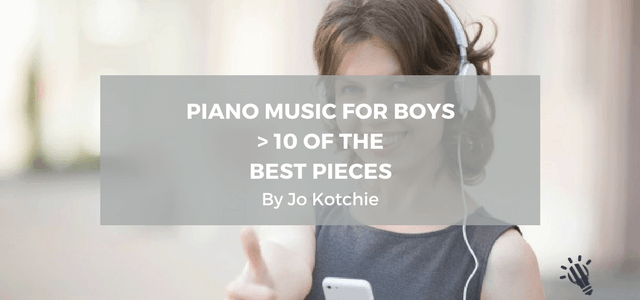
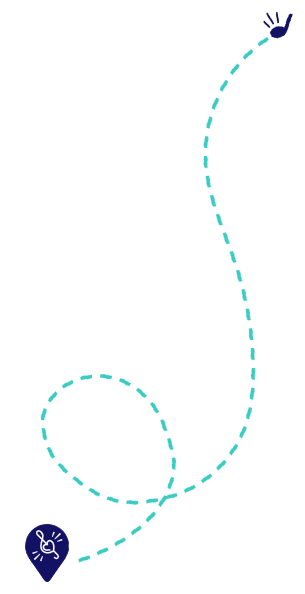

Melanie says:
I agree that lessons need to be student centered. Something that helped one of my beginning teenage students who wanted to leap into music she loved but was struggling with sight reading was helping her to arrange a Christmas carol from a primer level book. I was able to introduce chords and some of the variations you can create by breaking them up in different ways. We experimented until we found the sounds she liked best and then I had her write her version of the song on staff paper over several lessons. Not only did she get to play “real music” but she had the opportunity to share a song with friends that she had helped create. Her confidence and enthusiasm skyrocketed and without realizing it as she was doing it, she developed a solid foundation of where the notes were on the staff and was able to sight read with relative ease from then on.
Thank you so much for sharing your wisdom so generously. I truly enjoy learning from you!
Tim Topham says:
Hey Melanie. Thanks for your comment – sounds like you really inspired her. It’s amazing how helpful all these non-reading activities can be for students. Keep it up!